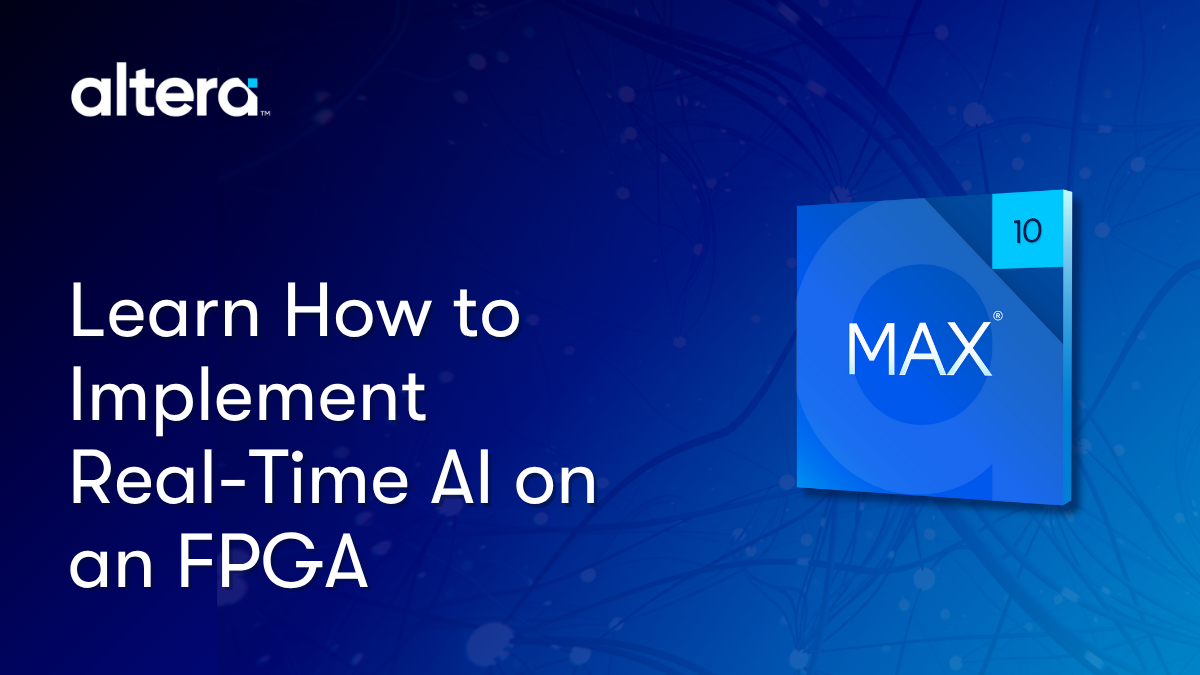We have already looked at some of the touch technology presented at last month’s Interactive Technology Summit. But the same touch and stylus overview presented by Ricoh’s John Barrus addressed another issue: markup.
Much of the touch technology is targeted at large format screens, including interactive whiteboards. But the key to many such devices is interactivity: multiple people in multiple places contributing to the content of the board. Doing that apparently isn’t easy using existing products: he noted that some require 40 hours of training to learn how to use. I frankly don’t know of any company that would agree to losing its team for a week so they can learn to use a whiteboard.
But such collaboration goes far beyond whiteboards. What about document review? In the old days, you printed out an original, made lots of copies that you gave to reviewers, and got back inked-up versions that you integrated. (Full disclosure… I had something of a deserved reputation for exploding red-pen syndrome when I did reviews in my “youth”… But I occasionally got as good as I gave; this scenario is dated, but feels very real.)
Now it’s more typical to use features like the editing and commenting capabilities in Microsoft Word and Adobe’s PDF readers. Those work, but if we had styluses that worked well enough to capture handwriting (which is coming), then it would frankly be easier simply to do old-school written markup electronically.
Whether real-time whiteboard collaboration or piecemeal markup, this activity may take place locally or involve the cloud, so if you took a few minutes, you could probably imagine a variety of situations where such capabilities might be useful.
The problem is, according to Dr. Barrus, there is no universal infrastructure to support this, nor are there standards that everyone agrees on. His suggestion was that we need some. The standard would have to support text and images, of course, but also strokes – including specification of width, color, transparency, end-cap (square vs. round vs. something else), and the like. There are at present four major markup languages (no, HTML doesn’t count, despite its name).
- PDF currently can handle text and images; stroke information would have to be added.
- Scalable Vector Graphics (SVG) has some stroke information, but needs such additional things as stroke timing. It also needs to support multi-page documents. It’s XML-based, so it’s easily extended.
- Microsoft has an Ink Serialized Format (ISF), but it doesn’t support text or images.
- InkML is stoke-oriented and has features well suited to handwriting recognition, but it also doesn’t support text or images.
This was largely a call to the industry for action to define the necessary standards. While formal activity has yet to commence, you can contact markupinfo@johnbarrus.org if you’re interested in helping out.




